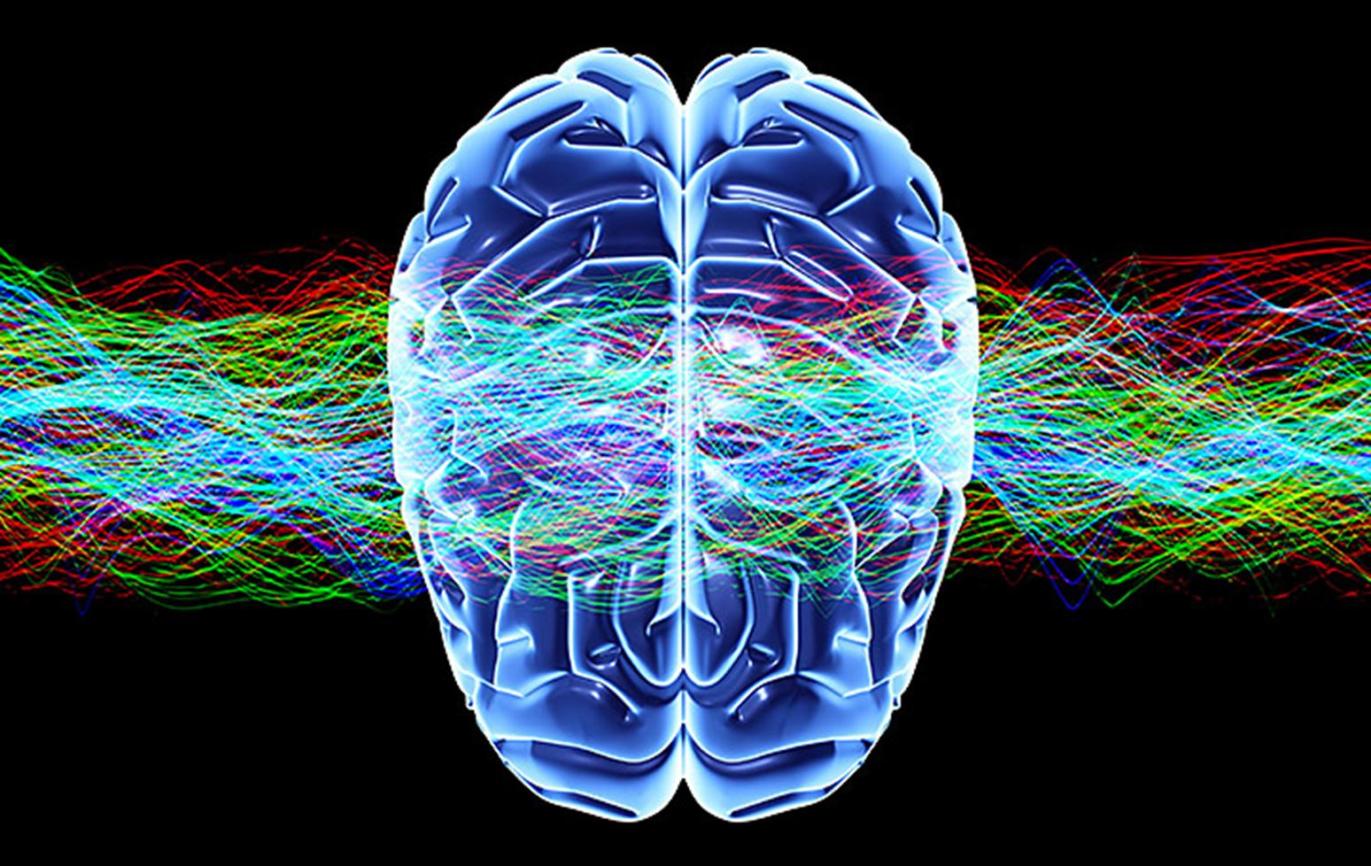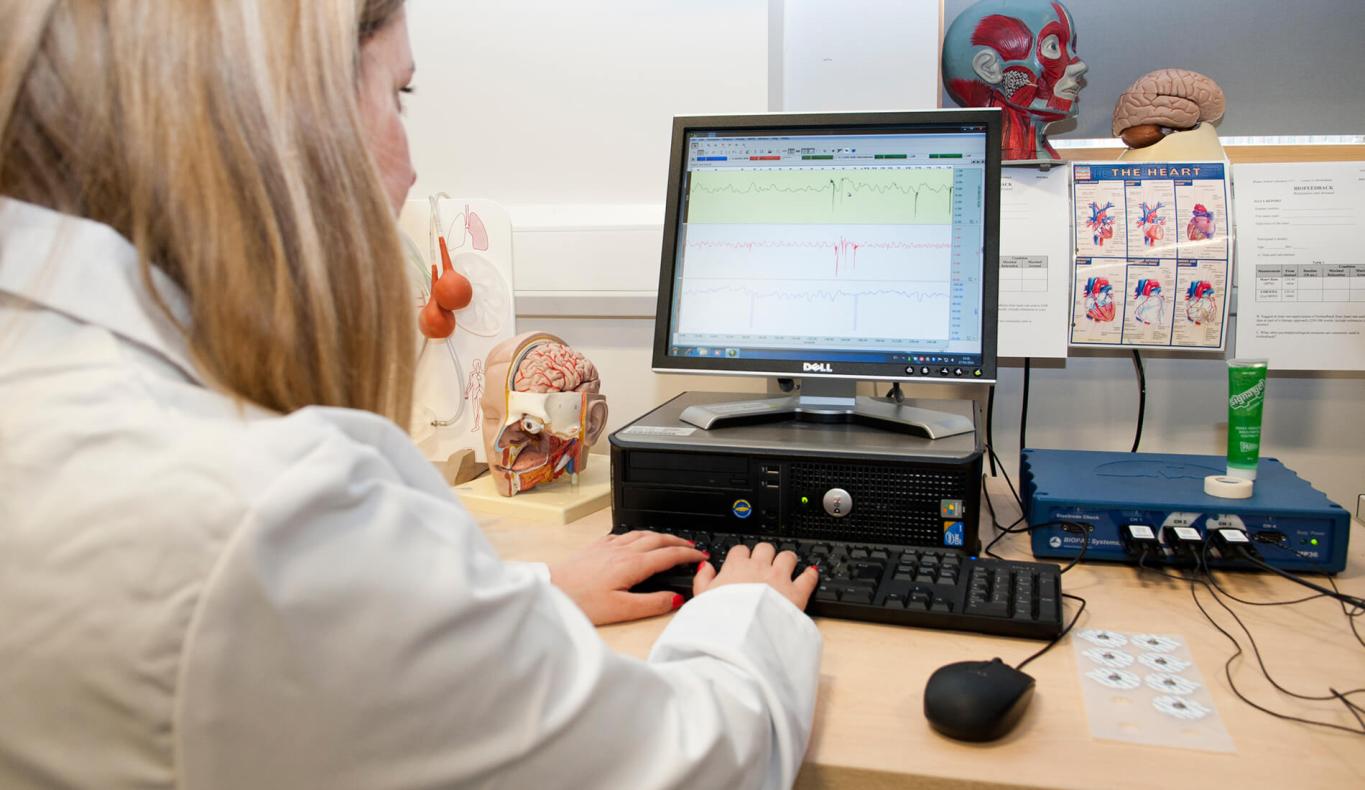How Can Neuroscience Enhance Government Employee Training and Development?
Government employees play a crucial role in the efficient functioning of public services. To ensure optimal performance and service delivery, it is essential to provide effective training and development programs. Neuroscience, the study of the brain and nervous system, offers valuable insights into how individuals learn and retain information. By incorporating neuroscience principles into training programs, government agencies can enhance the effectiveness of their employee development initiatives.

Neuroscience Principles And Their Application In Training
Neuroscience provides a foundation for understanding the mechanisms underlying learning and memory. Key principles that can be leveraged in training include:
- Neuroplasticity: The brain's ability to adapt and change in response to new experiences. Training can capitalize on neuroplasticity by creating opportunities for skill acquisition and retention.
- Memory Formation and Consolidation: The process by which information is encoded, stored, and retrieved. Training design can optimize memory retention by incorporating strategies that facilitate memory formation and consolidation.
- Attention and Focus: The ability to selectively attend to relevant information and ignore distractions. Training can enhance attention and focus by employing techniques that promote concentration and engagement.
- Motivation and Reinforcement: The processes that drive individuals to learn and perform. Training can create a motivating and rewarding environment to enhance learning outcomes.
Neuroscience-Based Training Methods
Based on neuroscience principles, several training methods have been developed to optimize learning and skill development:
- Active Learning and Engagement: Engaging learners in active participation, such as discussions, simulations, and problem-solving activities, enhances learning and retention.
- Spaced Repetition and Retrieval Practice: Presenting information at spaced intervals and encouraging learners to actively retrieve information from memory improves long-term retention.
- Multisensory Learning: Incorporating multiple sensory modalities, such as visual, auditory, and kinesthetic, enhances learning by activating different brain regions.
- Gamification and Simulation: Using game-like elements and simulations in training creates an engaging and interactive learning environment that promotes skill development.
Measuring The Impact Of Neuroscience-Based Training

To assess the effectiveness of neuroscience-based training, it is essential to evaluate its impact on learning outcomes and job performance:
- Evaluation and Assessment: Employing a combination of formative and summative assessments to measure knowledge acquisition, skill development, and behavior change.
- Return on Investment (ROI): Calculating the ROI of training by comparing the costs of training with the benefits derived from improved performance and productivity.
Neuroscience offers a wealth of insights into how individuals learn and retain information. By incorporating neuroscience principles and methods into training programs, government agencies can enhance the effectiveness of employee development initiatives. This leads to improved job performance, increased productivity, and better service delivery. Neuroscience has the potential to revolutionize government employee training and development, leading to a more skilled, engaged, and productive workforce.

Further research is needed to explore the full potential of neuroscience-based training and to develop evidence-based best practices. By embracing neuroscience, government agencies can create training programs that are aligned with the way the brain learns, resulting in a more effective and efficient workforce.
YesNo

Leave a Reply